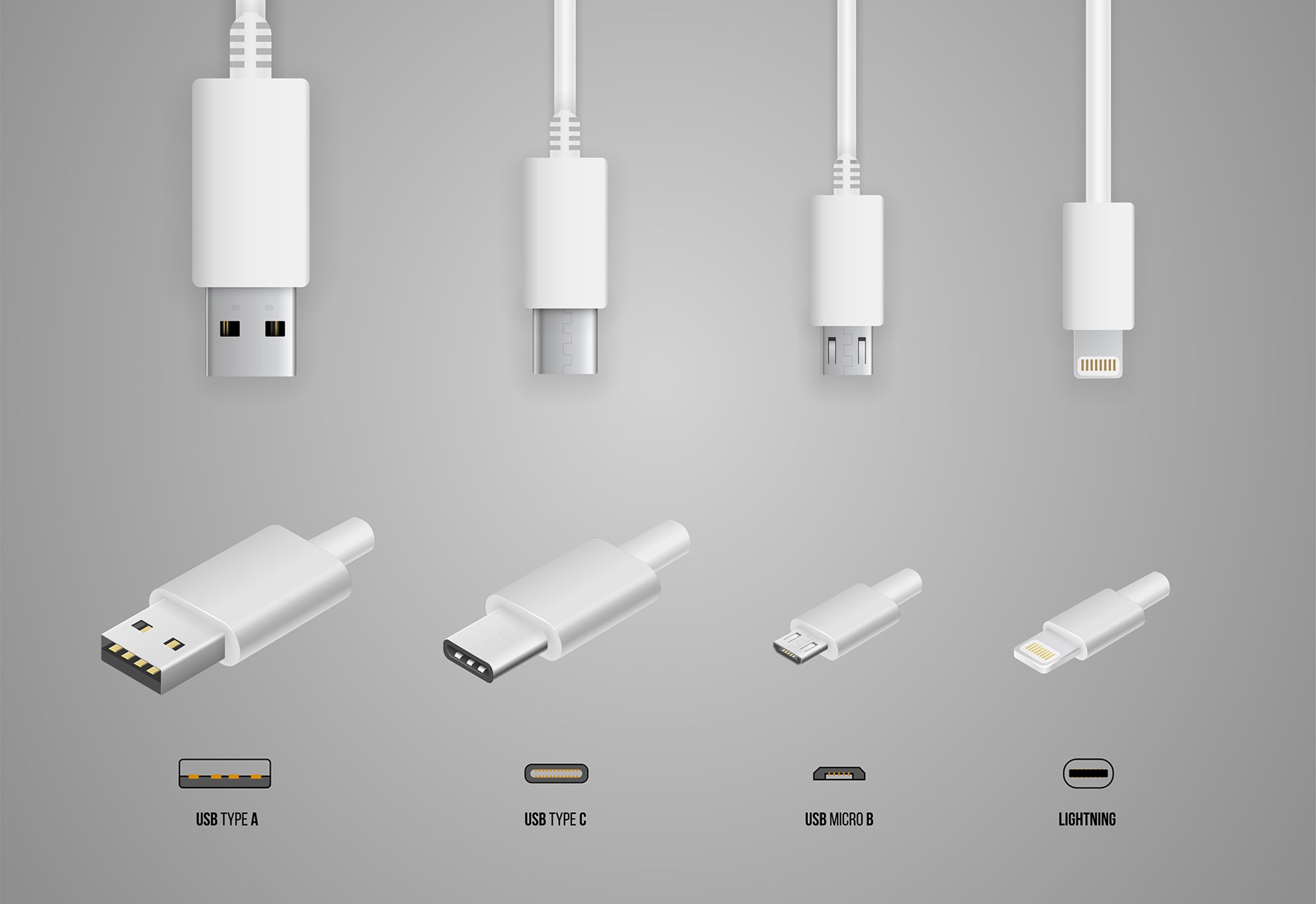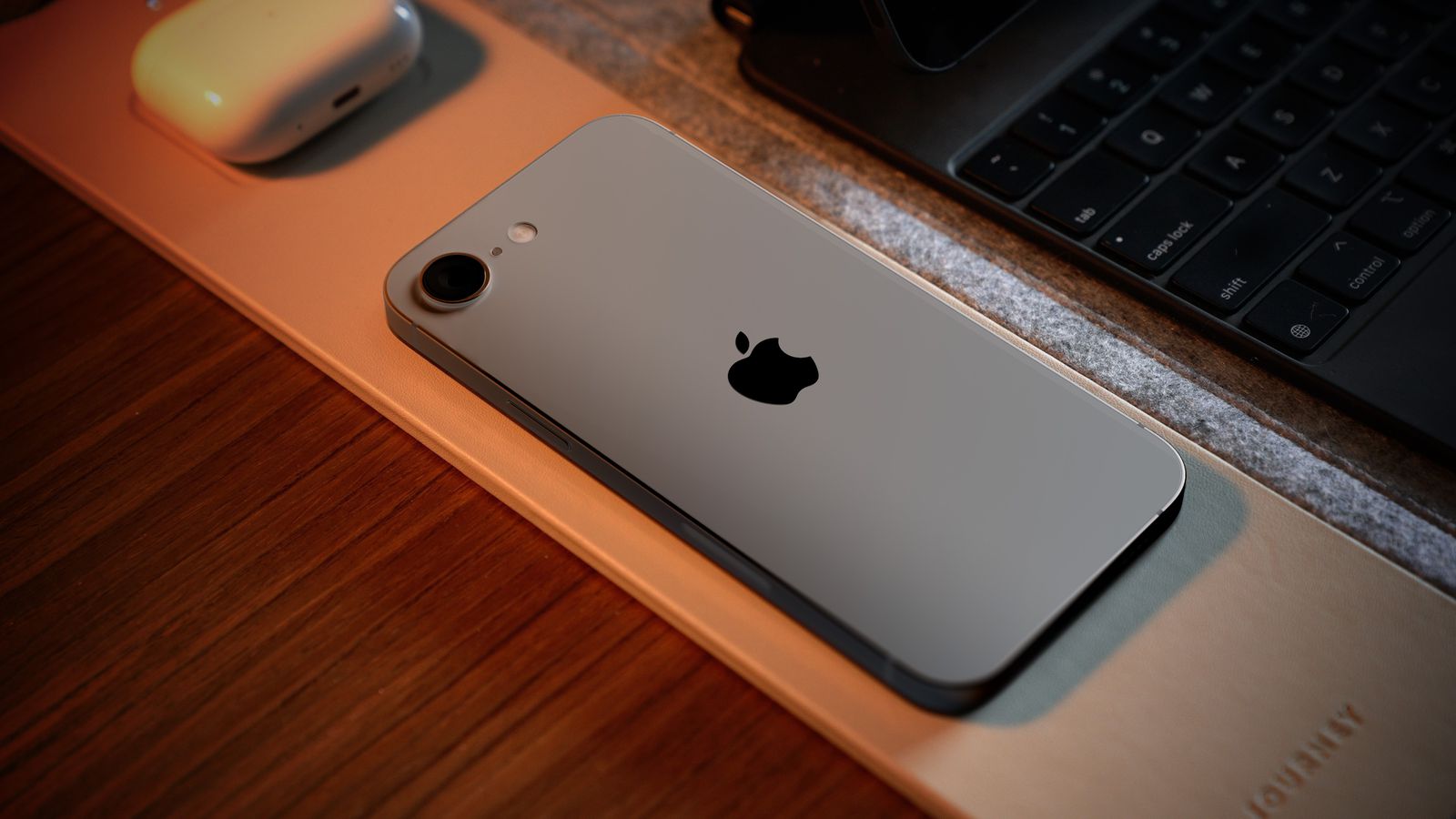Apple has finally killed off Lightning with iPhone 16e — and it's ...
Apple has officially bid farewell to the Lightning connector with the introduction of the iPhone 16e. This move marks the end of an era that began almost 12 years ago with the debut of the Lightning port on the iPhone 5. The iPhone 16e, along with the discontinuation of the iPhone SE 3 and iPhone 14 Plus, signifies the end of Apple's reliance on the Lightning connector.

With the demise of the Lightning port, Apple has fully embraced USB-C across its entire product lineup, including iPads, iPhones, Macs, and headphones. This shift allows users to say goodbye to Apple's proprietary connector and welcome the convenience of using the same cables for charging various devices.
The Evolution of Lightning
When Lightning was first introduced in 2012, it brought significant advancements such as a smaller size compared to the 30-pin chargers and the convenience of a reversible plug. Despite these initial benefits, Lightning was based on USB 2.0 specifications, lagging behind the faster USB 3.0 standard. Over time, while charging speeds improved, the cable itself remained largely unchanged, limiting the capabilities of Apple devices.

The transition of iPads to USB-C in 2018 highlighted the need for a more versatile connector, enabling features like external display connectivity and enhanced access to USB storage devices. The addition of Thunderbolt further expanded the capabilities of iPads, leaving iPhones with Lightning connectors at a disadvantage.
The Shift to USB-C
Apple's decision to integrate USB-C into its product lineup, starting with the iPhone 15, was a necessary step to enhance wired connectivity. This change was crucial for unlocking features like ProRes video recording on Pro models, which relied on external storage not supported by Lightning.

While Apple continues to offer official Lightning products for older devices, the transition to USB-C signifies a permanent shift away from the dated connector. As newer technologies emerge, the Lightning port and its associated accessories are expected to become obsolete in the near future.
The Legacy of Lightning
Although some products like the first-generation Apple Pencil still utilize Lightning plugs, the gradual phasing out of these devices in favor of USB-C alternatives is inevitable. Apple's move towards standardizing USB-C across its product range ensures a more consistent and versatile user experience.
With the introduction of the iPhone 16e, Apple has officially retired the Lightning port, marking the end of an era. While the transition may pose challenges for existing Lightning users, the benefits of USB-C technology far outweigh any inconveniences.




















